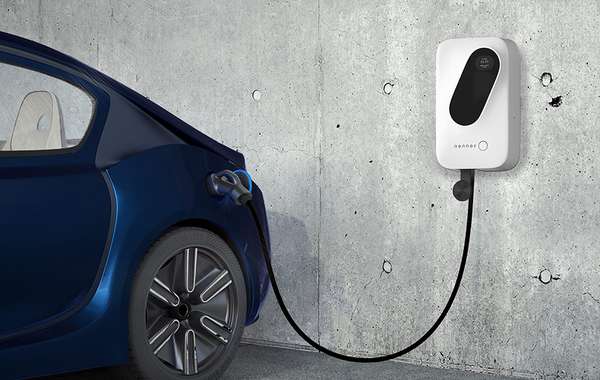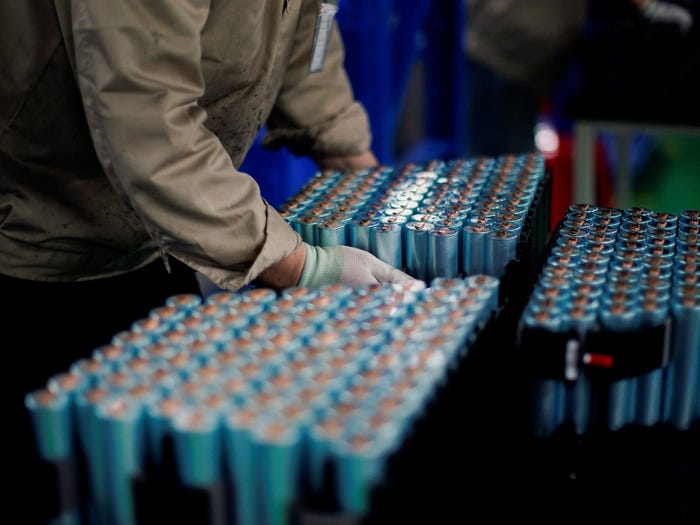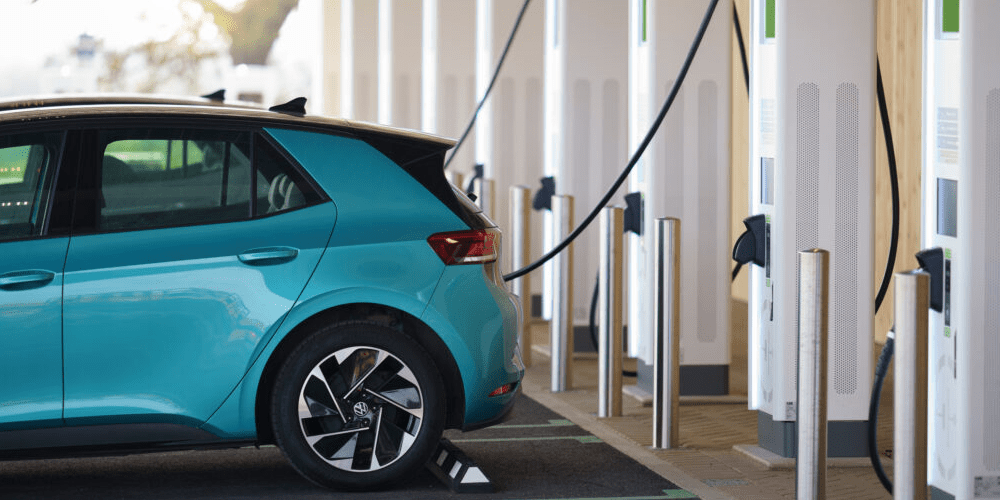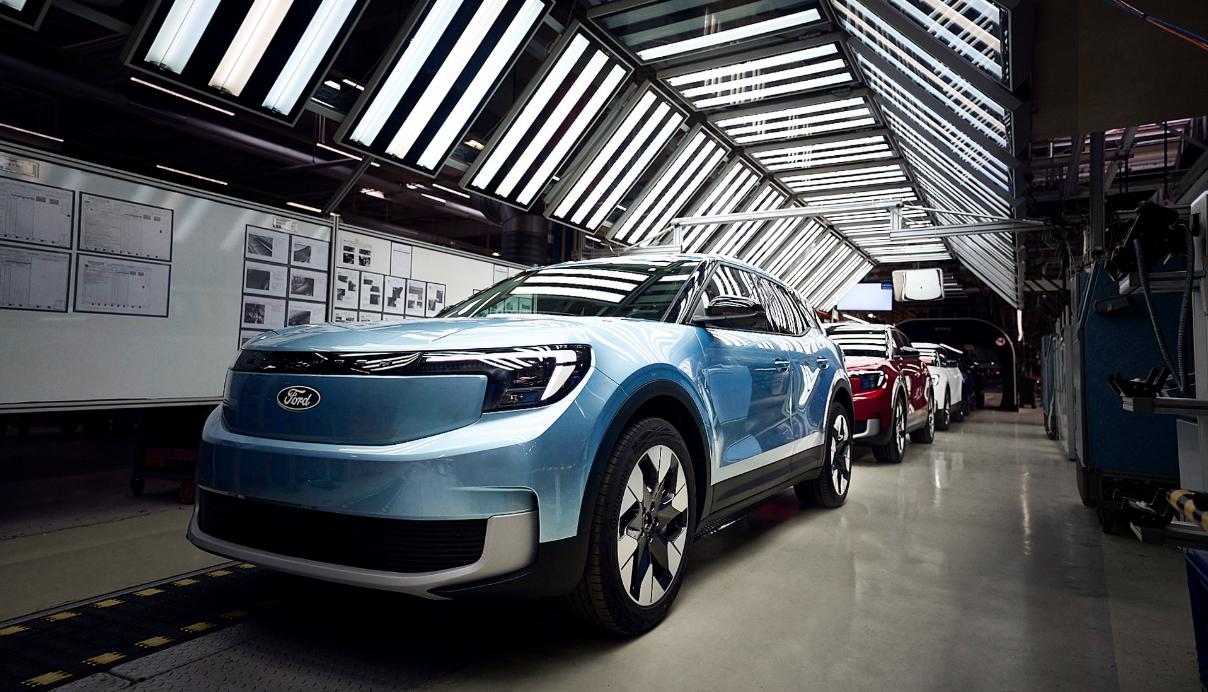Battery swapping appears to be a convenient solution to a dire problem. But, while it benefits consumers with shorter charging times and rewards mass commercialization, it limits innovation and discourages collaboration. Scientists, engineers, automakers, and others are divided between the benefits and disadvantages of battery swapping, keeping in consideration that revolutionary battery advancements have been slow in the industry. Can battery swapping be considered the future of the industry, or is it a bandaid solution to a severe problem looming over EV battery technology?
Battery swapping is not a new concept, in fact, it dates back to the late 1890s. Nowadays, the increase in demand for lithium-ion batteries, due to climate change and the need to become independent of oil, has created a necessity for batteries to have faster-charging capabilities, longer shelf-lives, and meet daunting supply demands. Because of its recharging reliability, lithium-ion batteries are used in cellphones, tablets, laptops, solar power backup storage, electric vehicles, and more. However, the shortage of accessible raw materials needed to build rechargeable batteries is outpacing how fast it can be mined. Could battery swapping help keep the demand for the production of lithium-ion batteries at bay?
The Drawbacks of Battery Swapping
Battery swapping is appealing to many because the process takes about five minutes, instead of the minimum of 30-minutes it takes at a traditional charging station. Nevertheless, there are several factors that make this business model unsustainable.
For the battery swapping business to be profitable, each location must have enough batteries available for any consumer to access at any time. This would mean having many batteries available at every single location to provide them at an affordable price. However, the road to acquiring large quantities of EV batteries is not without difficulties. For example,when it comes to obtaining the raw materials needed to produce them, the automobile industry is facing increased competition from other sectors, (most especially semiconductors) looking to make use of them. Industry experts warn of an EV battery shortage in 2024-2025 as manufacturers struggle to ramp up electric vehicle sales while still building new battery plants.
Before battery manufacturers attempt to meet production demands, the industry should first address battery degradation and find efficient ways to fix and recycle existing batteries. Not only is the cost to replace a battery pack over $20,000, but recycling these batteries at the end of their useful lives is critical to keeping hazardous trash out of the environment. A crucial benefit of mastering battery recycling is that countries can recover important minerals and metals from old batteries, particularly lithium, cobalt, copper, and nickel, which might reduce their reliance on foreign suppliers and perhaps lower their material prices. China currently has a projected capacity for lithium-ion battery recycling that is three times higher than that of the United States.
An Alternative Approach to Battery Swapping
Further research and development of silicon anodes for lithium-ion batteries is a far more promising course of action to solving the problem of long charging times, over investing billions of dollars into battery swapping. Battery chemistry innovation is leading the industry’s next steps in performance, and silicon anodes are the key to advancing battery technology. Silicon has the potential to boost energy density, enable longer-lasting batteries, and, in the long term, reduce the cost of lithium-ion battery packs. To fix the battery problem, companies need to use their knowledge of tailored silicon. Rather than attempting to avoid or work around the problem, introducing an intentional solid electrolyte interphase (SEI) in such a way that it enhances cycle life while maintaining the increased energy density and charging capacity that silicon anode materials promise.
New battery developments and innovation have been hampered by a lack of mechanical integrity, cycling stability, and poor conductivity. Instead of using graphene, sodium, and silicon, the next generation of lithium-ion battery manufacturers are looking to produce silicon nanostructures that are capable of incorporating modified SEIs to address all of these concerns. The use of cyclohexasilane (CHS) could be the EV industrys game changer. CHSs unique liquid state enables a novel form of silicon anode production, which could improve a battery’s charge-discharge cycle lifetime, energy density, and throughput.
Future Predictions for the Technology
Reliability will win over convenience; therefore, battery swapping is an unsustainable practice. Increasing costs of infrastructure, inventory, and consumer demand will all affect the overall success of battery swapping companies. However, commercializing battery technology innovations is complex because the technical challenges are often at the ideation and scaling stages. The need for collaboration in any commercialization effort between large corporations and smaller battery chemistries is the missing key. When each of these brings its unique set of technical competencies to the table, including, at the very least, the requisite knowledge of battery chemistry, rheology, scaling, and manufacturing, will be most successful when using cutting-edge silicon anode technology to increase the EV battery cycle life.










